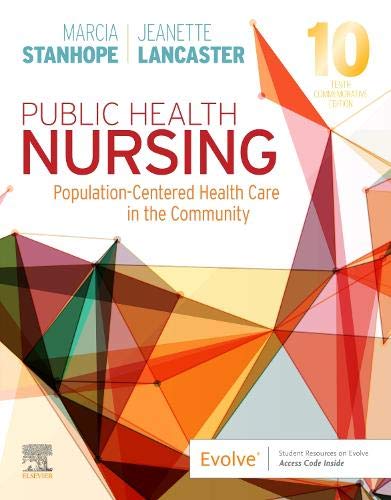SELL 2nd Canadian Edition By Raymound – Test Bank
Chapter 5 Strategic Prospecting and Preparing for Sales Dialogue
MULTICHOICE
1. Which statement provides the best rationale for prospecting for new business for most
salespeople?
(A) to stay ahead of the competition
(B) to keep sharp by practising selling skills
(C) to replace lost customers and achieve sales growth targets
(D) to keep productivity high by filling in the time between sales calls on existing customers Answer : (C)
2. Which statement provides the best rationale of allocating time for prospecting for new business consistently?
(A) The process of converting prospects to customers often takes much longer than expected.
(B) Selling skills take a long time to develop but are lost quickly during periods of inactivity. (C) Achieving sales growth targets is a priority for most salespeople all year long.
(D) Prospecting for new business can be very time-consuming, so it is better to leave it until times of inactivity.
Answer : (A)
3. According to the textbook, why do salespeople often find it difficult to allocate time for
prospecting?
(A) They are too busy looking after existing clients.
(B) They see prospecting as an activity with a low probability of success.
(C) Most sales managers put a low priority on activities related to prospecting for new business.
(D) They fear the rejection that comes with prospecting for new business. Answer : (D)
4. Simon is a salesperson for XYZ Corporation. His territory includes 50 established accounts, which he calls on regularly. Although Simon is supposed to allocate some time to prospecting on a regular basis, he would rather call on his existing accounts. According to the textbook, why is Simon most likely to resist prospecting?
(A) He is afraid of rejection.
(B) He doesn’t believe it’s necessary.
(C) He would rather use his spare time for paperwork. (D) His established accounts are too important to ignore. Answer : (A)
5. What is the process designed to identify, qualify, and prioritize sales opportunities from new customers or additional business from existing customers?
(A) sales blocking
(B) strategic prospecting
(C) lead determination
(D) new revenue maximization Answer : (B)
6. According to the textbook, how is the strategic prospecting process often viewed? (A) as a black box
(B) as a sales funnel
(C) as a flowchart
(D) as a tree diagram Answer : (B)
7. Which statement best describes the basic purpose of strategic prospecting?
(A) to help salespeople determine the best sales opportunities in the most efficient way (B) to improve the process of generating leads
(C) to streamline the process of identifying, qualifying, and prioritizing sales opportunities (D) to improve the success rate of converting prospects into customers
Answer : (A)
8. Why is the strategic prospecting process often viewed as a sales funnel?
(A) The beginning of the process is very busy with a great deal of slippage.
(B) The funnel shape illustrates the importance of flow-through in prospecting activities.
(C) The conversion of potential sales opportunities into profitable transactions generates a great deal of waste material that must be carried away.
(D) The process reduces a large number of potential sales opportunities into a smaller number of successful sales interactions.
Answer : (D)
9. What is the term for organizations or individuals who might possibly purchase the
product or service a salesperson offers? (A) strategic potentials
(B) sales leads (suspects)
(C) sales prospects
(D) target markets Answer : (B)
10. With respect to the strategic prospecting process, what is the difference between a sales lead (suspect) and a sales prospect?
(A) The sales prospect is currently buying from a competitor.
(B) The salesperson has qualified the sales lead to determine potential.
(C) The sales prospect has purchased similar goods from a competitor in the past. (D) The sales lead fits the ideal customer profile of the target market.
Answer : (B)
11. From a sales manager’s perspective, what is the essential difference between a sales lead (suspect) and a sales prospect?
(A) The sales prospect is currently buying from a competitor and therefore has a need. (B) The sales lead has more potential to become an actual customer.
(C) The sales prospect has a higher probability of becoming an actual customer. (D) The sales lead fits the ideal customer profile of the target market.
Answer : (C)














Reviews
There are no reviews yet.